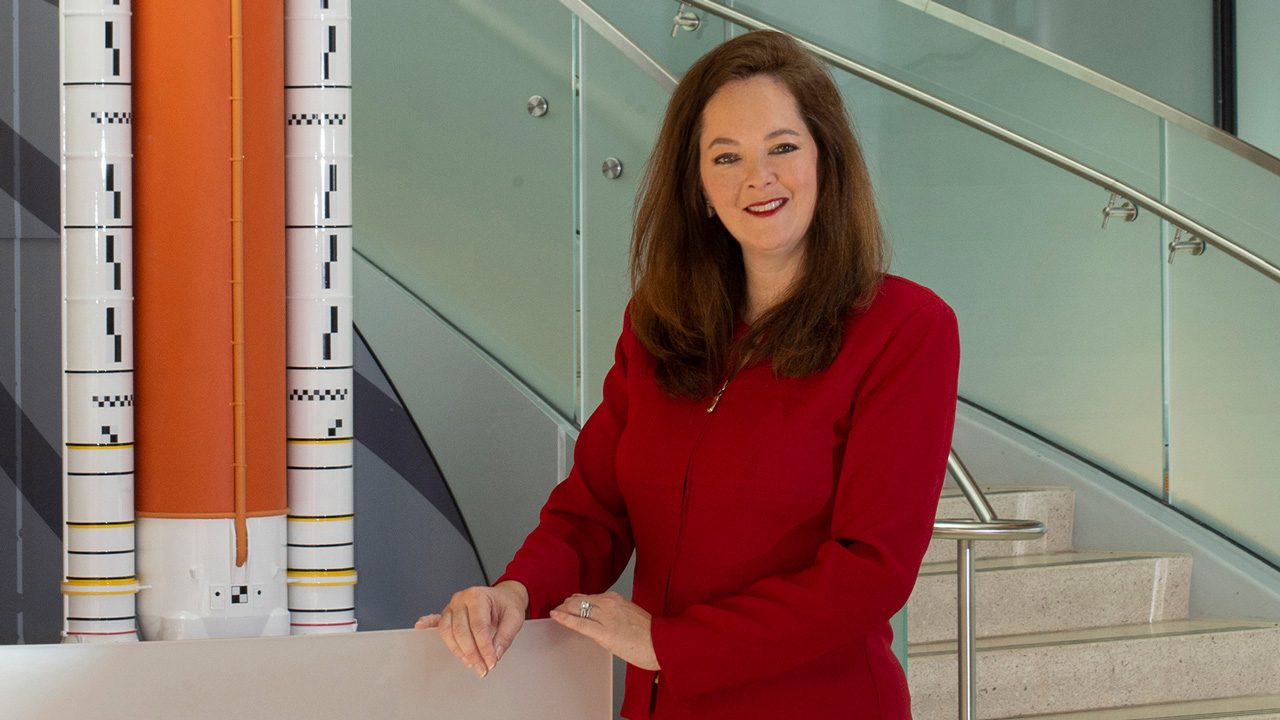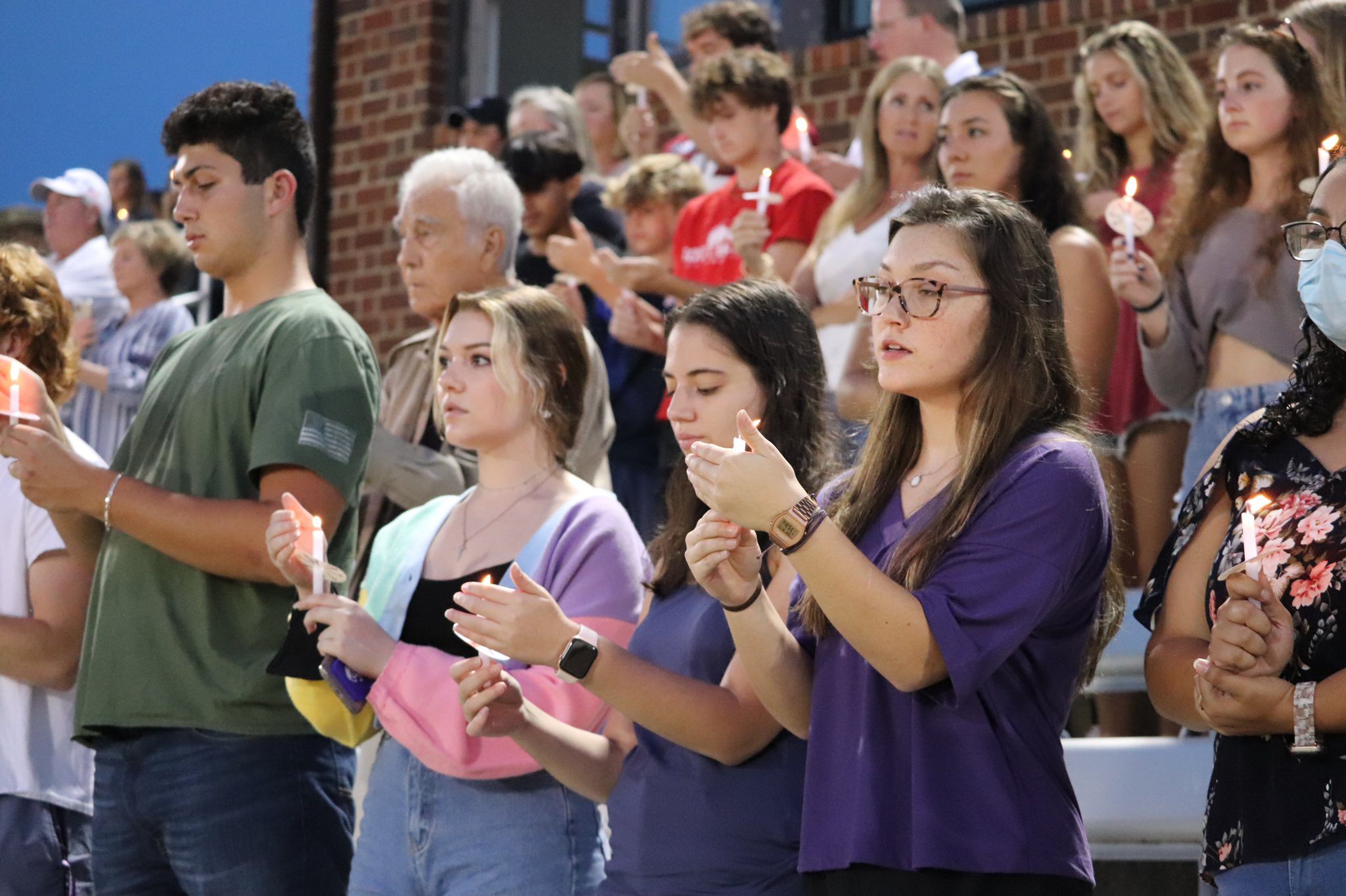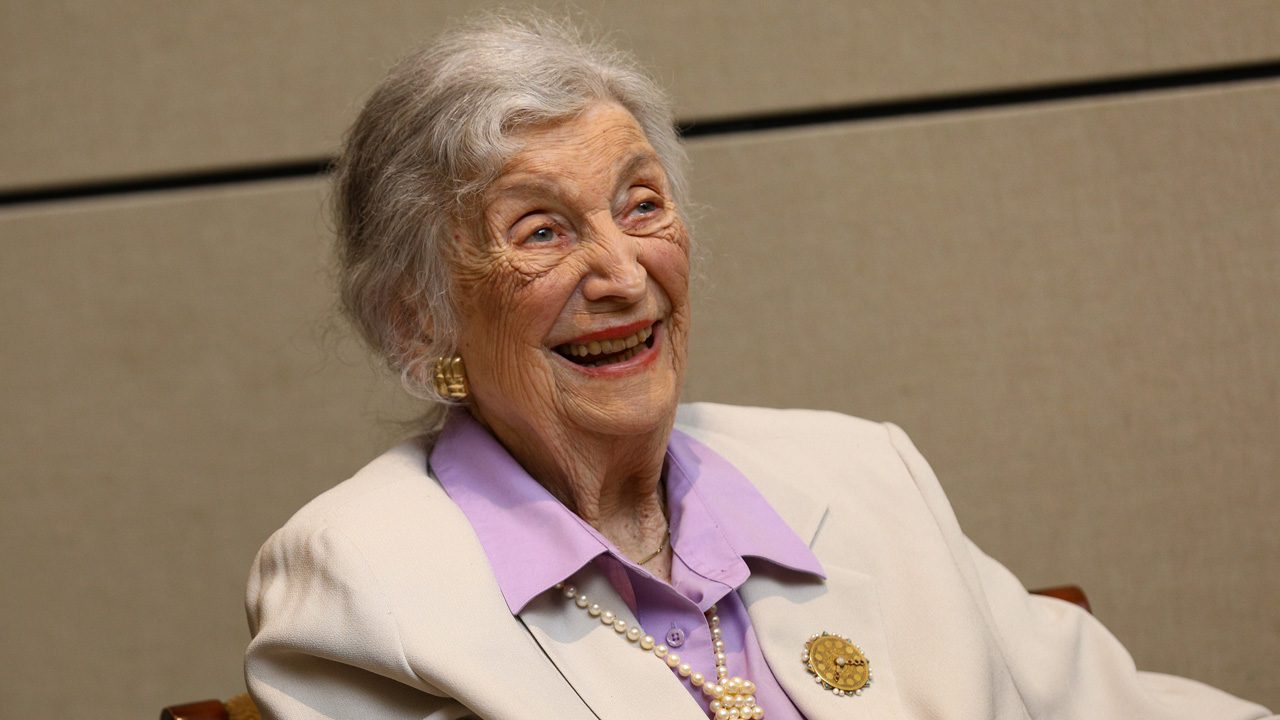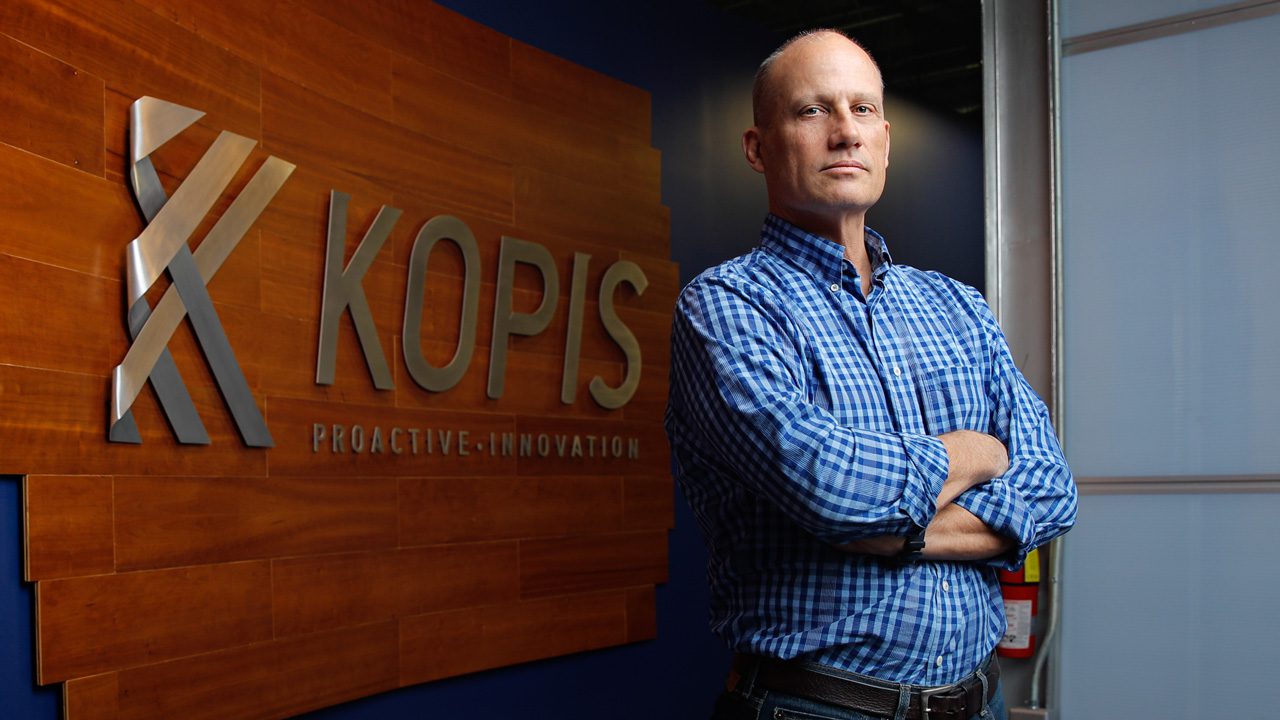

AN ENGINEER ON THE FRONTIER
Paula DeCesaris ’96 is part of the effort that will land the first woman on the moon and send us to Mars.
By Kelley Bruss
She was the little girl who used a blanket, a broomstick and an upside-down stool to take off for space before lunch.
If it looked like she was swinging, she was probably pretending to be on a rocket. When she watched TV, she picked “Buck Rogers.” Her favorite branch of the Smithsonian? The National Air and Space Museum, naturally.
In February, Paula DeCesaris ’96 was named deputy director of NASA’s Spacecraft and Vehicle Systems Department in the Engineering Directorate at Marshall Space Flight Center in Huntsville, Alabama.
It’s the textbook definition of “dream job.”
DeCesaris spent her first days with NASA learning all the projects her department touches. “They’re talking about things I’ve always dreamed about,” she says.
The engineering team is involved on the Mars Ascent Vehicle, which will pick up samples being collected by the Perseverance rover and bring them back to Earth. And a month into the job, DeCesaris observed the successful test of a rocket for the next mission to the moon –“the most powerful rocket ever made,” she says. “It’s indescribable. … It’s surreal.”
DeCesaris grew up in Greenville County, the daughter of two teachers. Her father, Richard Khoe, was born in Indonesia and taught business at North Greenville University. Her mother, Doris Khoe ’77 taught elementary school.
“Both were tremendous motivators and the reason for my successes,” DeCesaris says. As a student at Blue Ridge High School, she planned to be either a neurosurgeon or an astronaut. But the summer before she started at Furman, she shadowed a surgeon and discovered it wasn’t the life she wanted. And her inability to swim well disqualified her for the astronaut corps.
On the advice of a Furman professor, she settled on a bachelor’s degree in physics. DeCesaris went from Furman to Auburn University, where she completed a master’s degree in aerospace engineering. She was more than prepared for the advanced work.
“Furman provided an unbelievable background, and my mother told me this would happen,” she says.
When she finished at Auburn, DeCesaris took a job with the Department of Defense at the Naval Surface Warfare Center, where she helped develop guidance navigation for missiles, as well as jammers and anti jammers. After about 10 years, she transferred to the Missile Defense Agency, which moved from Washington, D.C., to Redstone Arsenal in Alabama, the same Army post that houses Marshall. Critics at the time said it was impossible to hit one rocket with another rocket in outer space.
“We proved them wrong,” DeCesaris says.
After two decades, she was ready for a new challenge.
It’s not only that NASA had always been part of her dreams –she also was excited about the atmosphere there, the academic focus and the emphasis on diversity, equity and free thought.
Her new job is part of the Senior Executive Service, the highest-level federal positions that don’t require presidential appointment. It’s a tiny group, and only about one-third of its members are women. Fewer than 5% are Asian. DeCesaris is honored to be among them.
The Artemis mission is scheduled for 2024. It’s named for Apollo’s twin sister and will land the first woman on the moon. Its objective, in addition to the moon landing, is to create an orbiting gateway with a laboratory and restocking facilities. Artemis “is the steppingstone that’s going to get us to Mars,” DeCesaris says, and she’ll be part of both, which is “unbelievable.”


